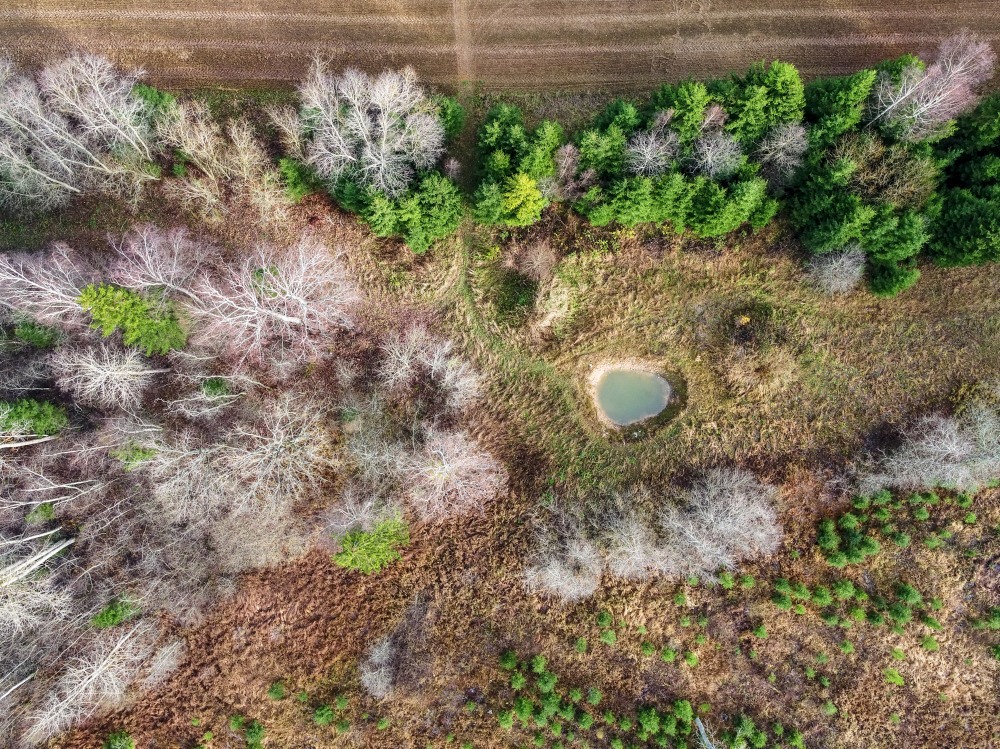Choosing the right plants for your climate is crucial to making sure they thrive. Plants that are well suited to their environment require less maintenance once established.
Start with your gardening zone map but also look at each unique garden area’s microclimate (for example, a bed that gets full sun all day is warmer than a similar bed against a wall). The right plant, in the right place.
Temperature
While the temperature has a major impact on how well a plant will perform, it’s not the only factor. Think of Goldilocks—a plant that is just right performs well and doesn’t require a lot of extra input from the gardener. A good way to determine if a plant will be just right is to find out its hardiness zone. You can do this using the USDA’s interactive map or by plugging in your zip code. This will tell you which zone the plant is suited to and how tolerant it is to cold temperatures.
In addition to finding out your hardiness zone, consider whether you live in a microclimate or a different climate than the rest of your region. This will affect the air temperature, wind speed and humidity that your plants experience. For example, a bed that is blasted by the sun all day will be hotter than a similar full-sun spot that doesn’t get direct sunlight. The soil temperature, amount of sunshine and type of shade also influence the selection of the right plants for your climate.
Soil
The soil is the nutrient-rich medium in which plants grow. It is a complex, living system that performs valuable services such as recycling nutrients, purifying water, and providing habitat for microorganisms. Soils also store carbon, providing a way to mitigate climate change.
Soils are made up of layers or horizons, each with its own unique characteristics. A soil’s horizons can tell a story of its history. They are derived from parent material such as bedrock and have been modified by physical, chemical, and biological processes.
Understanding your Plant Hardiness Zone is the foundation for selecting plants that are appropriate for your climate. However, other factors such as sun or shade, soil moisture, temperature, and maintenance requirements also influence a plant’s success. Like Goldilocks, a plant that is just right will thrive and require less effort to maintain than one that is too hot or too cold, or too dry.
Knowing your hardiness zone is the foundation for selecting perennials, shrubs, and trees that will survive in your area. However, the other factors discussed will help you narrow your selection to only those plants that can actually make it in your garden. This may include identifying spots in your garden that have a microclimate that allow you to nurse a marginally winter-hardy plant through the winter.
Water
Plants that have the right moisture needs will do well in your garden. They won’t require extra watering and will be healthier plants than those that aren’t suited to the environment in which they are planted. Think of it like Goldilocks, if a plant is too hot or too cold or too wet or too dry it’ll have trouble, but if it’s just right it will thrive.
The amount of rain you get is another important factor in choosing the right plants for your climate. If a spot in your garden gets lots of rain it’s better to use plants that are adapted to moist conditions, such as lucky bamboo and dracaena plants, rather than planting something that needs good drainage, such as ivy and golden pothos vine.
It’s also a good idea to avoid plants that are considered invasive in your area, as they can quickly become problematic and difficult to maintain. Invasive plants often choke out native flora and compete for water and soil resources, leaving them less healthy than they could be. If you’re not sure whether a specific plant is invasive look it up online or ask at your local nursery before you buy it.
Light
If a plant is not properly matched to its site it will struggle. Like Goldilocks eating porridge that was too hot or too cold or sitting in a chair that was too big or too small, plants that are well matched to their environments will thrive and require little additional input from the gardener. Size, sometimes habit, and light preference are readily available on the plant tag so don’t overlook this information. When a plant is too large for its site it can quickly become weedy and a tripping hazard. Plants that are the right size for their spot will establish quickly, grow healthy roots, and be more resilient to problems that arise in the landscape. A well-matched planting will be a more enjoyable experience for you and your plants.
Final Thoughts – Talk to a Landscaping Company
We are experts in installing new landscaping, renovating landscapes, outdoor lighting, and irrigation installation systems. Whatever your project is to make your outdoor look amazing, we can help you. Give us a quick call so we can talk more about your next outdoor project.




